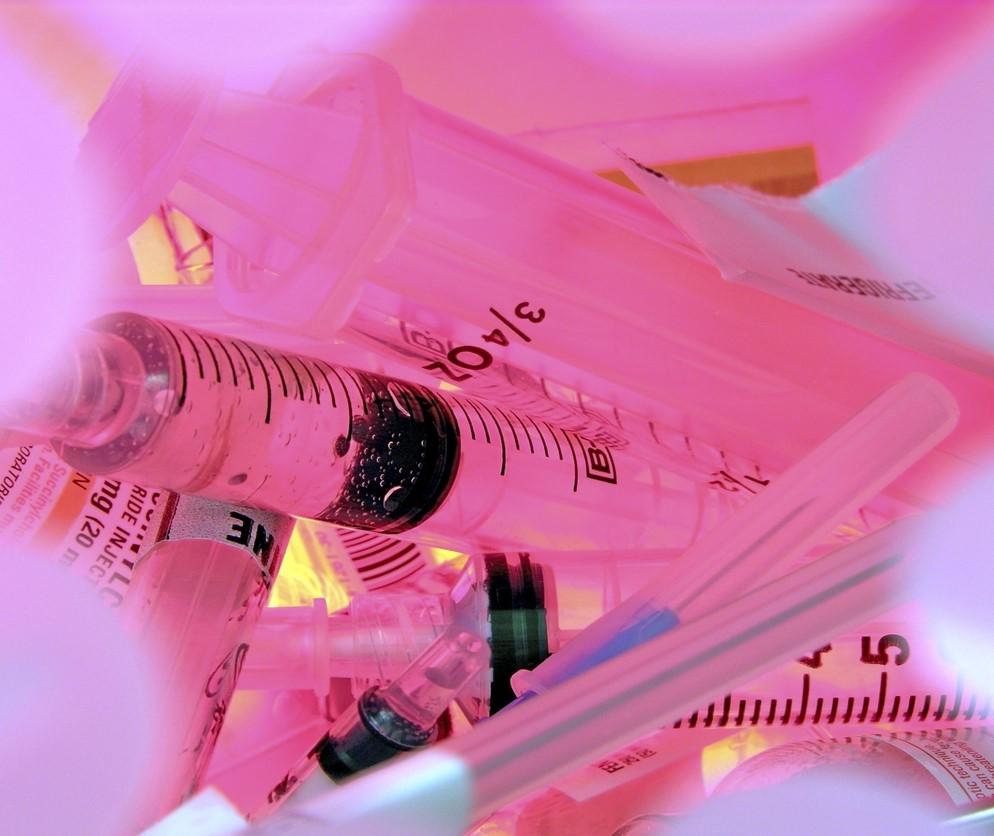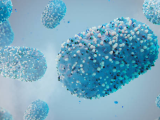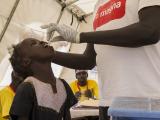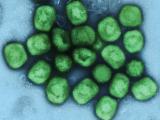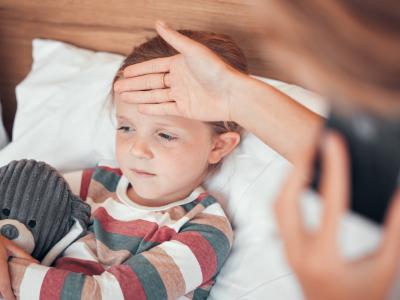Today in Morbidity and Mortality Weekly Report, the Centers for Disease Control and Prevention (CDC) published two monkeypox studies, one that details five cases of ocular monkeypox and a case study of a nurse in Florida who contracted the disese through a needlestick injury.
Possibility of vision loss
Four of the five patients with ocular monkeypox required hospitalization, and two were also HIV-positive, according to a study from CDC and state researchers. Four of the five patients were men.
One patient experienced significant vision impairment, and the authors caution that ocular monkeypox infection could result in permanent vision loss. The patient with significant vision impairment has been hospitalized since August, and the prognosis for vision recovery is unknown.
All patients received treatment with tecovirimat (Tpoxx); four also received topical trifluridine (Viroptic) treatment.
In addition to body and genital rashes commonly seen in monkeypox patients, the case-patients with ocular monkeypox also developed eye redness, pain, discharge, itching, and photosensitivity.
The authors say the case studies should serve as a warning against autoinoculation. "To decrease the risk for autoinoculation, persons with monkeypox should be advised to practice hand hygiene and to avoid touching their eyes," they wrote.
"Urgent ophthalmologic evaluation and the provision of timely medical countermeasures for patients with suspected or confirmed ocular monkeypox might help prevent poor outcomes."
Nurse infected via needlestick
A handful of healthcare occupational exposure cases of monkeypox have been reported during the ongoing global monkeypox outbreak, and a Florida nurse's infection is the first such reported case in the United States.
The nurse worked in an emergency department, and a needlestick occurred when capping a needle used to swab the rash of a monkeypox patient. Within 15 hours of the event, the nurse received the first dose of Jynneos vaccine, but 10 days after the stick she developed a single lesion at the site of the accident.
"During the next 19 days, the lesion at the needlestick site increased in size (remaining <1 cm in diameter) and became pruritic, deep-seated, and umbilicated, then scabbed over and a new layer of skin formed under the scab," the authors said. "Apart from this single lesion at the puncture site, no additional lesions or other clinical signs or symptoms were reported, and tecovirimat was not indicated. No secondary cases were identified."
Last month, it was reported that a Brazilian nurse also contracted monkeypox via needlestick.
Persistent virus DNA in urine, semen
A new study from the Guangdong Center for Disease Control and Prevention describe the persistence of monkeypox virus DNA in clinical specimens, with the longest median time in urine (13.5 days), followed by semen (11.4 days), and blood (10.6 days). The median time of DNA persistence ranged from 5.7 days to 13.5 days in the nasopharynx swabs.
Results were based on 269 specimens collected from 62 monkeypox patients. The study appears in The Journal of Infection.
Finally today, a systematic review finds that 6 of 16 monkeypox studies that reported vaccination status stated that none of the patients who contracted the virus were vaccinated, while in the other studies, 80% to 96% of the patients were unvaccinated; also, 4% to 21% of the vaccinated patients got infected, and the secondary attack rate (SAR) ranged from 0% to 10.2%. The SAR is the percentage of contacts infected by an index (initial) patient.
"Specific to the monkeypox virus, studies are needed to better understand the risk factors and natural history of the disease, in order for public health strategists to generate prevention strategies and management decisions," the authors concluded.
"Expansion of the literature would enable human trials on vaccination and treatment to commence and thus reduce the morbidity and mortality of monkeypox in current and future outbreaks."
